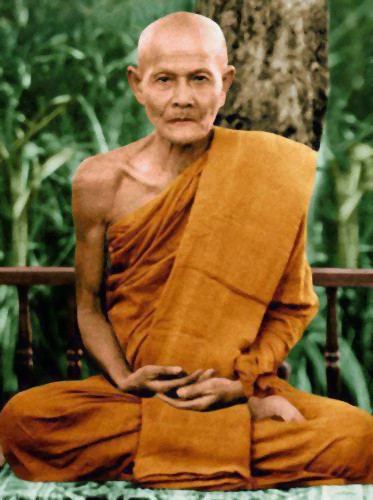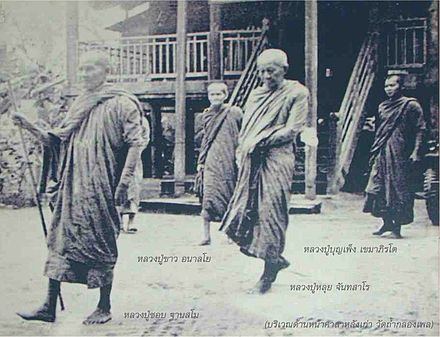Website Full Bio Teacher Ajahn Sao Kantasīlo | Dharma names Bhuridatto Predecessor Ajahn Sao Kantasīlo Parents Nai Kamduang, Nang Jan | |
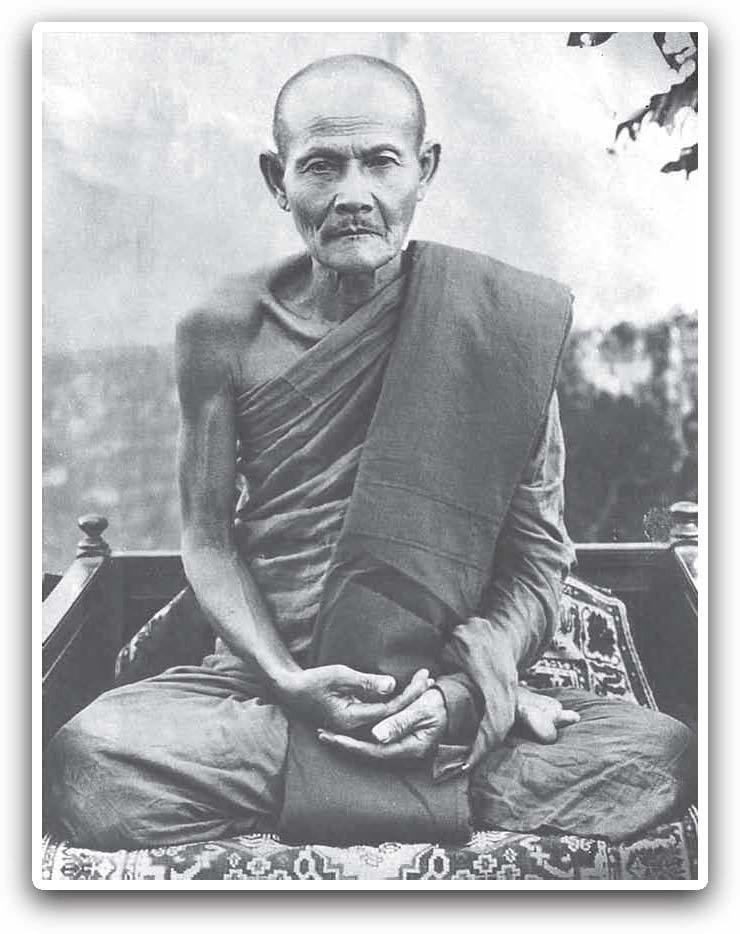 | ||
Born January 20, 1870Ban Khambong, Khong Chiam District, Ubon Ratchathani Province, Thailand ( 1870-01-20 ) Other names Luang Pu Mun (หลวงปู่มั่น, Thai), Ajahn Mun (Thai: อาจารย์มั่น) Similar หลวงปู่ฝั้น อาจาโร, Ajahn Maha Bua, Luang Pu Thuat, Ajahn Thate, Ajahn Chah | ||
2 10
Ajahn Mun Bhuridatta Thera (Thai: มั่น ภูริทตฺโต, rtgs: Man Phurithatto; Lao: ຫຼວງປູ່ມັ່ນ ພູຣິທັຕໂຕ), 1870–1949, was a Thai bhikkhu of Lao descent who is credited, along with his mentor, Ajahn Sao Kantasīlo, with establishing the Thai Forest Tradition or "Kammaṭṭhāna tradition" that subsequently spread throughout Thailand and to several countries abroad.
Contents
- 2 10
- Sacred metal rian phra coin amulet of thai buddhist forest monk ajahn mun
- Biography
- Forest meditation
- References
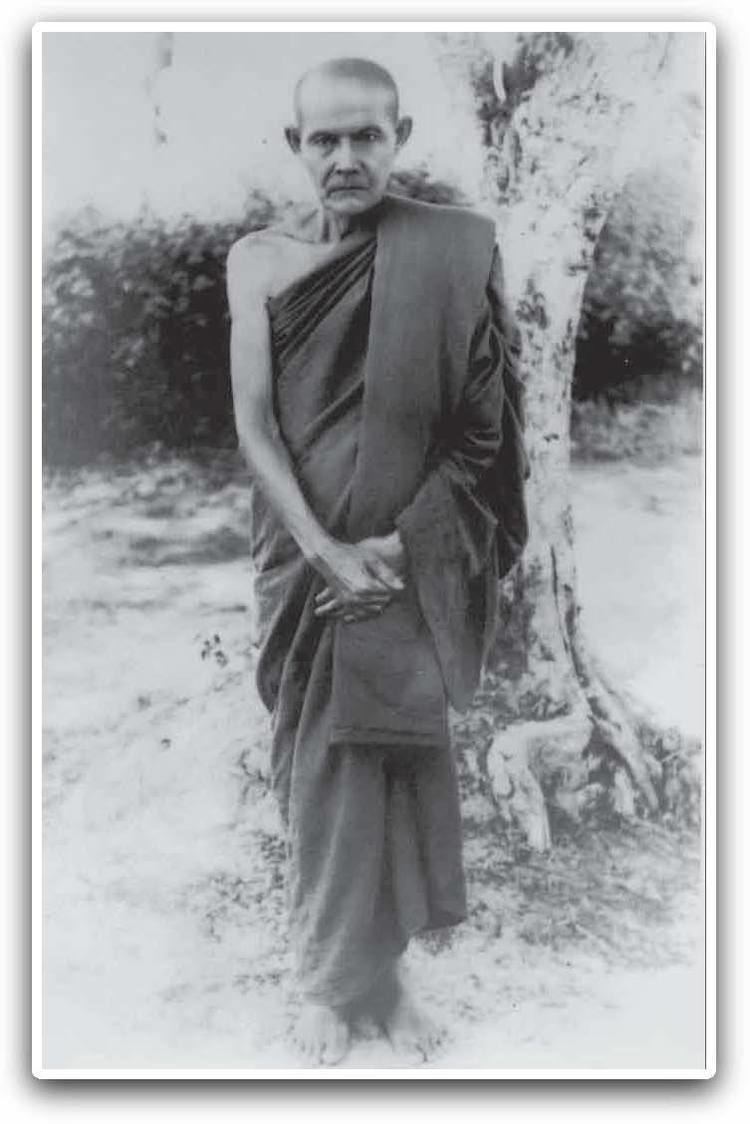
Sacred metal rian phra coin amulet of thai buddhist forest monk ajahn mun
Biography
Ajaan Mun was born in Baan Kham Bong, a farming village in Ubon Ratchathani Province, Isan.
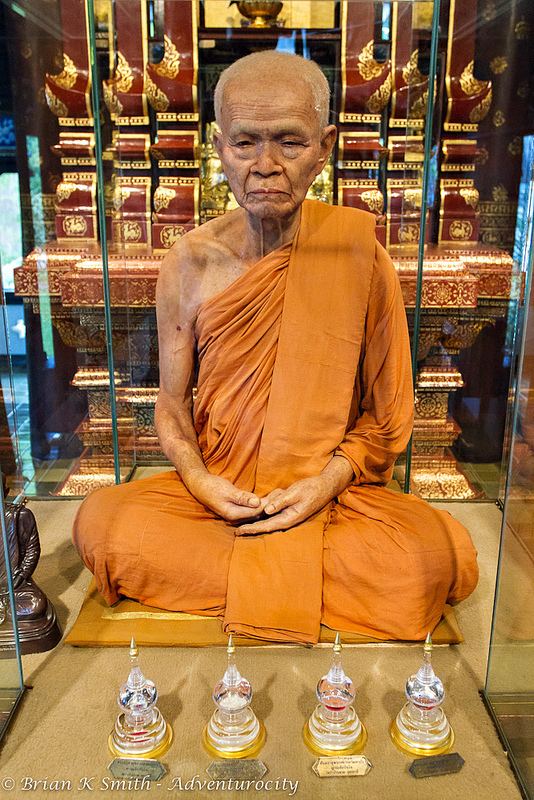
Ordained as a monk in 1893, he spent the remainder of his life wandering through Thailand, Burma, and Laos, dwelling for the most part in the forest, engaged in the practice of meditation. He attracted an enormous following of students and, together with his teacher, Sao Kantasīlo (1861–1941) established the Thai Forest Tradition (the kammaṭṭhāna tradition) that subsequently spread throughout Thailand and to several countries abroad. He died at Wat Suddhavasa, Sakon Nakhon Province.
Forest meditation
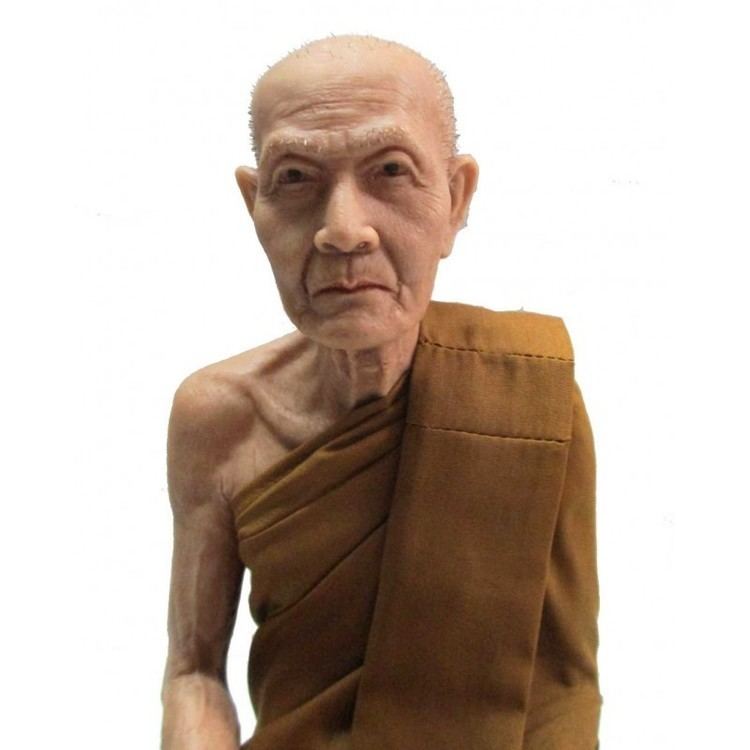
Ajaan Mun's mode of practice was solitary and strict. He followed the vinaya (monastic discipline) faithfully, and also observed many of what are known as the 13 classic dhutanga (ascetic) practices, such as living off alms food, wearing robes made of cast-off rags, dwelling in the forest and eating only one meal a day. Monks following this tradition are known as thudong, the Thai pronunciation of this Pali word.
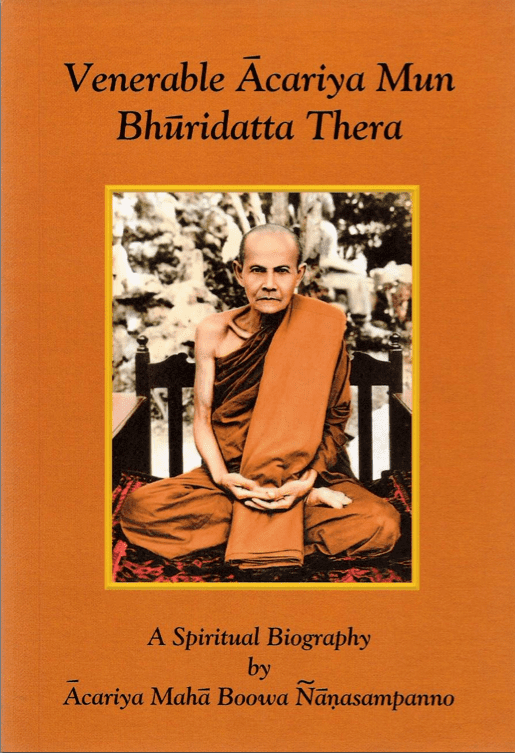
Searching out secluded places in the wilds of Thailand and Laos, he avoided the responsibilities of settled monastic life and spent long hours of the day and night in meditation. In spite of his reclusive nature, he attracted a large following of students willing to put up with the hardships of forest life in order to study with him.
